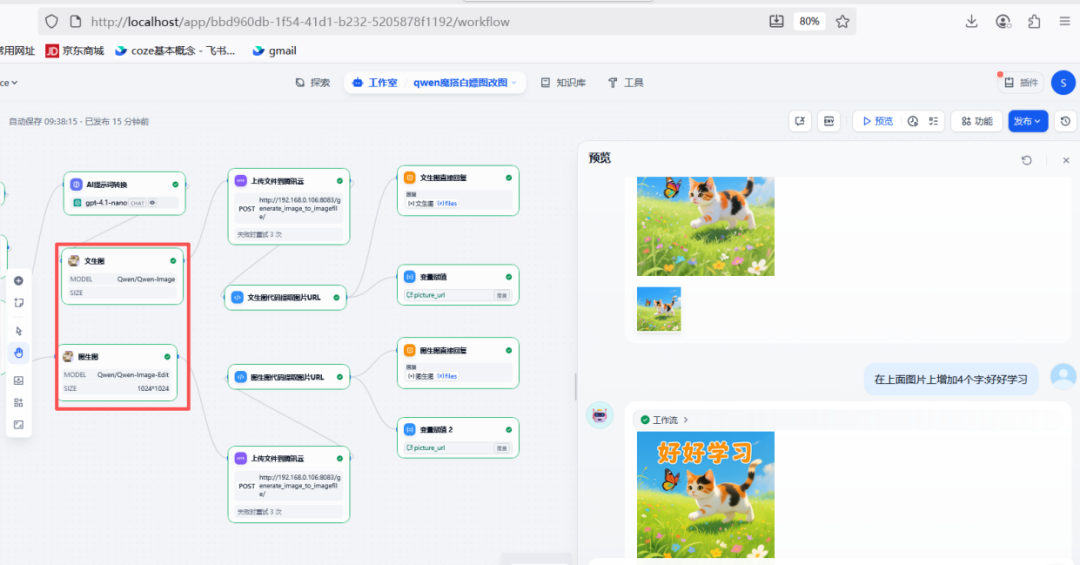Creating and running a macOS virtual machine with Cua is very simple, the main steps are as follows:
1. Starting the virtual machine
Enter the command in the terminal:lume run macos-sequoia-vanilla:latest
This command will:
- Automatically download the latest macOS Sequoia VM image (~20-30GB)
- Create and start a virtual machine instance
2. Use of virtual machines
- A separate desktop environment is displayed when the virtual machine is booted
- Can be operated as if it were a regular macOS system
- All operations are confined to the virtual machine and do not affect the main system
3. Stopping the virtual machine
In the terminal, pressCtrl+CYou can safely stop the currently running virtual machine.
4. Managing mirrors
- View existing mirrors:
lume images - Delete mirrors that are no longer needed:
lume rm macos-sequoia-vanilla:latest
The whole process requires no complex configuration, and Cua handles most of the underlying details automatically, providing an out-of-the-box experience.
This answer comes from the articleCua: Enabling AI agents to securely execute applications in macOS/Linux sandboxesThe






























